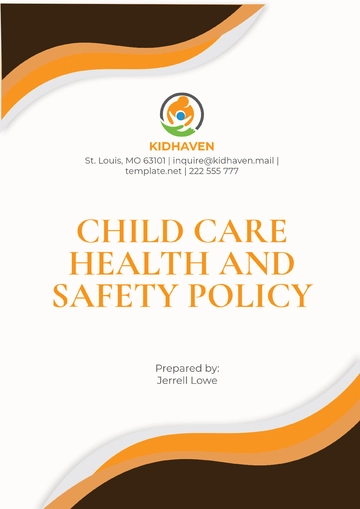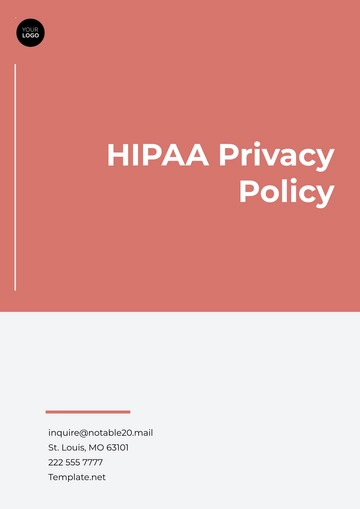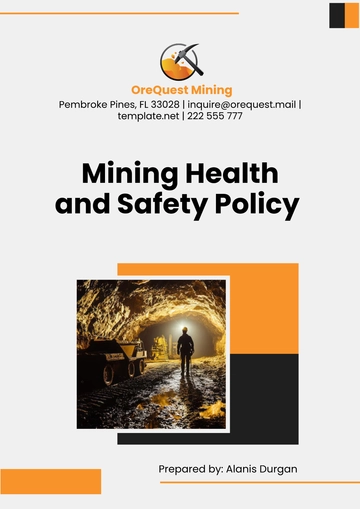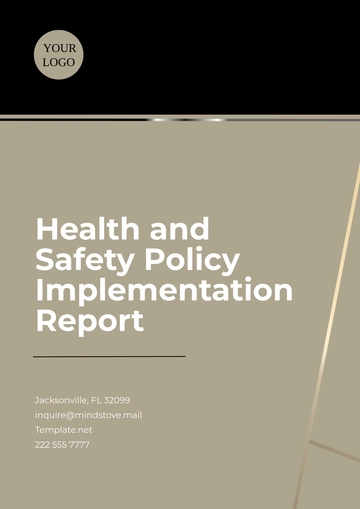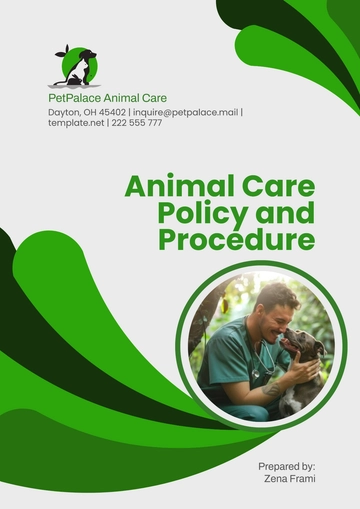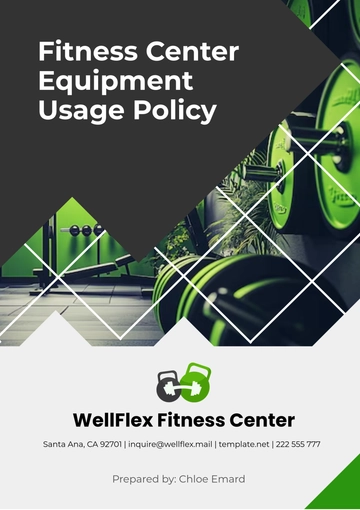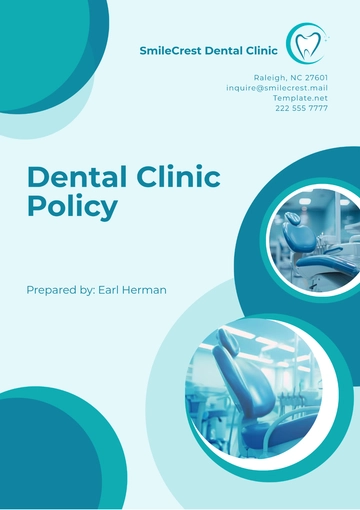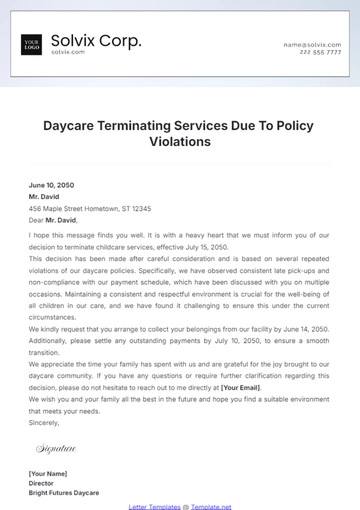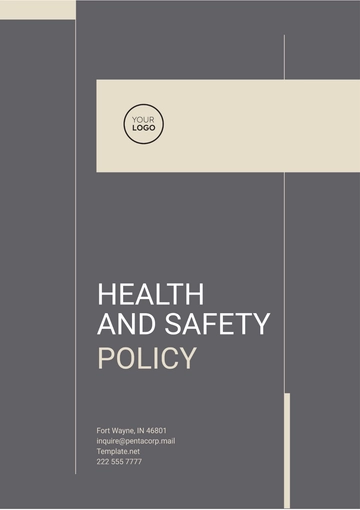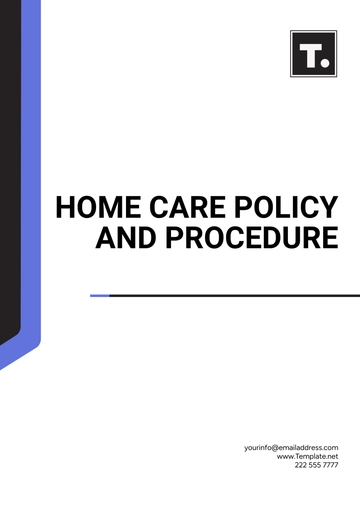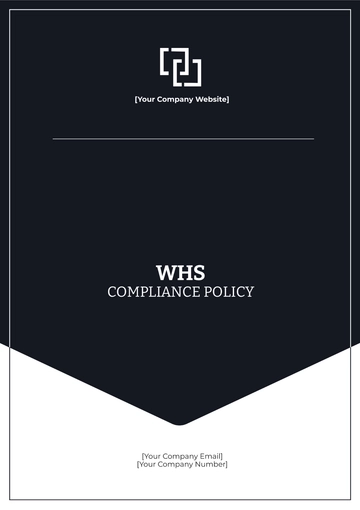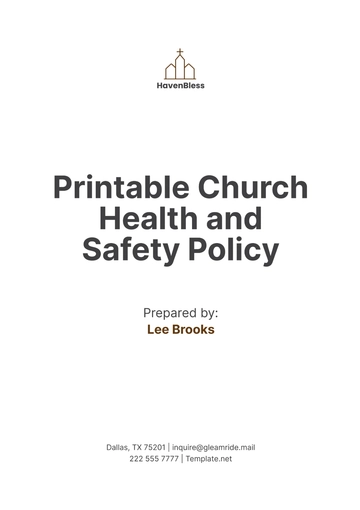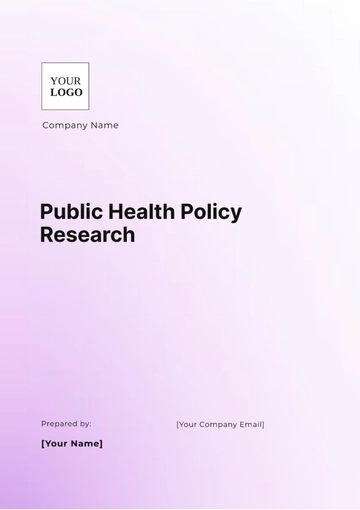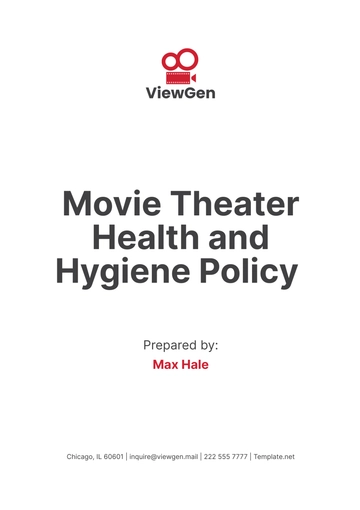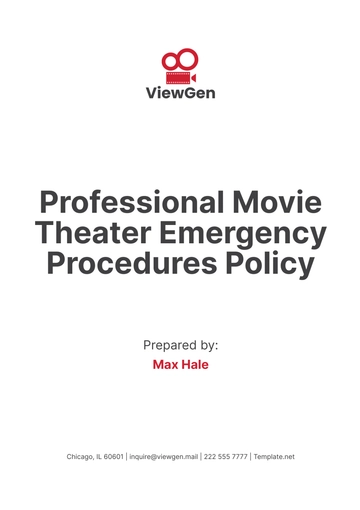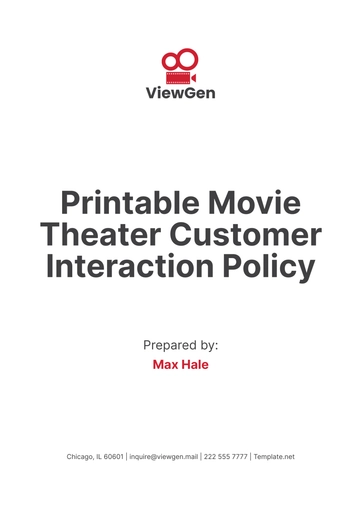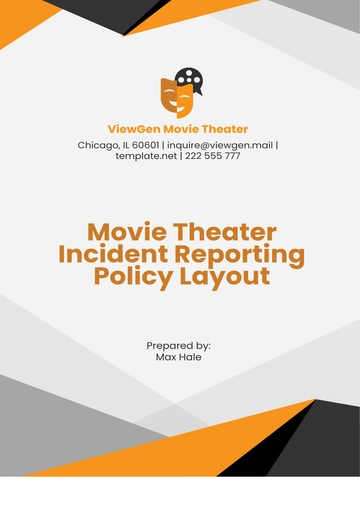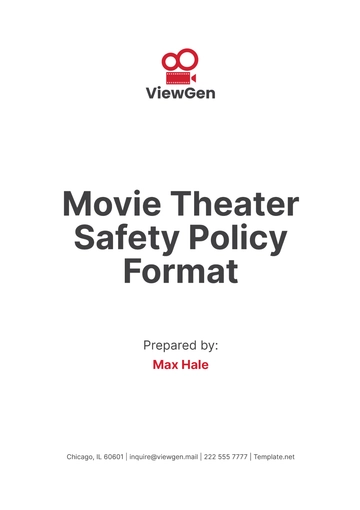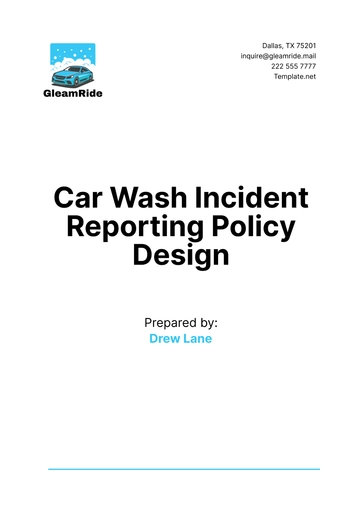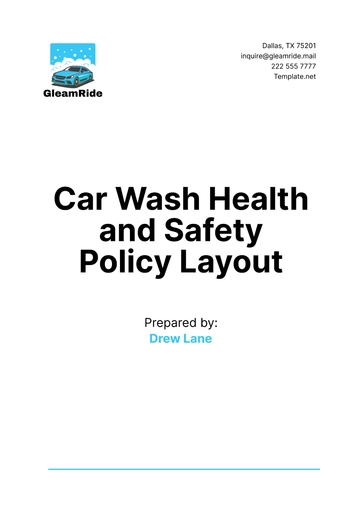Free Nursing Home Resident Lifting Policy
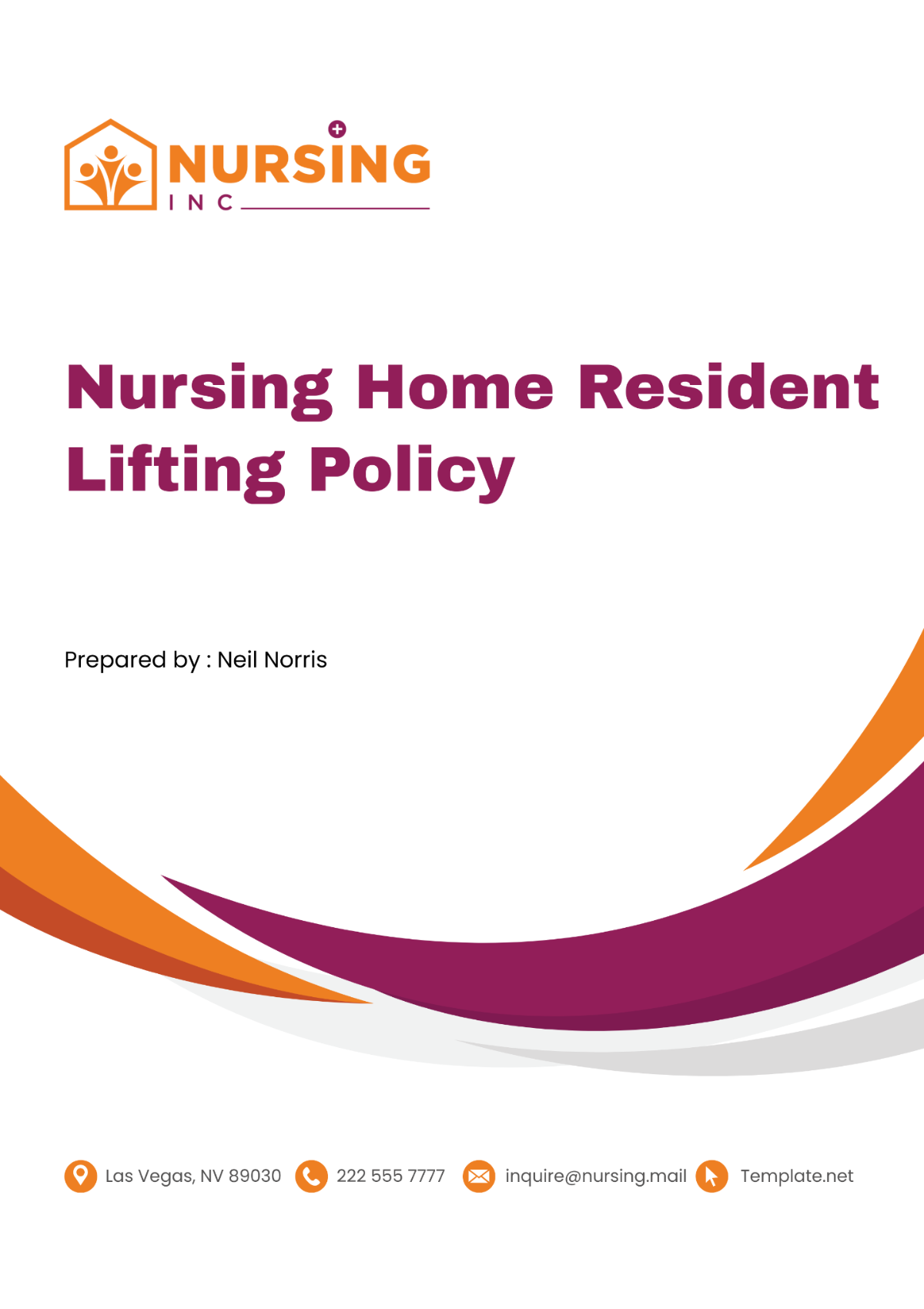
I. Policy Statement
[Your Company Name] prioritizes the well-being and safety of our residents and employees above all else. Recognizing the inherent risks associated with the physical handling of residents, we are dedicated to implementing best practices that protect everyone involved. Our policy is designed to ensure that all lifting, transferring, and repositioning of residents are conducted in a manner that minimizes the risk of injury and upholds the highest standards of respect and dignity.
II. Purpose
This policy serves multiple crucial functions within our organization:
Establishing Safe Practices: By standardizing procedures for lifting and transferring, we ensure that all employees follow the safest methods, reducing the risk of injury.
Injury Prevention: Our proactive approach focuses on preventing workplace injuries through education, proper equipment, and adherence to safety protocols.
Cultivating Respect and Safety: We promote an environment where the dignity and autonomy of our residents are honored, and the safety of our staff is guaranteed.
Regulatory Compliance: Ensuring our procedures align with local, state, and federal health and safety regulations is paramount to our operation's legal and ethical standing.
III. Scope
This policy encompasses all individuals employed at [Your Company Name], directly interacting with our residents' care and well-being. This includes nurses, therapists, home care personnel, and any other healthcare professionals on our team, emphasizing a unified approach to resident safety and care quality.
IV. Procedures and Guidelines
The procedures and guidelines outlined below represent our commitment to the safety and dignity of our residents and staff. By adhering to these protocols, we aim to foster a secure and respectful environment for all.
A. Safe Lifting Techniques and Training
Mandatory Training: We require all staff to undergo an annual training program that focuses on proper lifting techniques, safe use of lifting equipment, and understanding the significance of assessing resident mobility. This training is designed to ensure that all team members are equipped with the knowledge and skills to safely handle residents.
Continuing Education: Beyond initial training, we provide continuous learning opportunities for our employees. This includes workshops, seminars, and online courses on the latest in safety procedures and equipment technology, ensuring our team remains at the forefront of best practices in resident care.
B. Use of Lifting Equipment
Equipment Provision: Our facilities are equipped with a comprehensive range of lifting devices and aids, carefully selected to accommodate the varied needs of our residents. This ensures that staff have access to the appropriate tools to safely assist residents in transferring and repositioning.
Routine Maintenance: To guarantee the reliability and safety of our equipment, we conduct regular maintenance checks. This preventive measure helps identify and rectify any potential issues before they compromise safety.
C. Resident Assessment
Comprehensive Evaluations: Every resident is thoroughly assessed for mobility and transfer capabilities upon admission and periodically thereafter. These evaluations inform the development of personalized care plans, tailored to meet individual needs and ensure safety in transfers.
Tailored Care Plans: Drawing from initial and ongoing assessments, we craft care plans that specify the most appropriate lifting and transferring techniques for each resident. These plans are dynamic, evolving with the resident's changing needs.
D. Responsibilities
Adherence to Guidelines: It is the duty of all staff to follow the established lifting and transferring procedures diligently.
Management's Role: Leadership is responsible for providing the necessary training, maintaining lifting equipment, and enforcing policy compliance. This includes ensuring all staff are competent in the safe handling of residents.
Addressing Non-Compliance: Instances of policy non-adherence are taken seriously. They are documented and addressed through [Your Company Name]'s disciplinary process to maintain a safe and respectful care environment.
By integrating these comprehensive procedures and guidelines, [Your Company Name] reinforces its unwavering commitment to the safety, dignity, and well-being of our cherished residents and dedicated staff members.
V. Policy Review and Updates
To maintain the highest level of care and safety for our residents and staff, [Your Company Name] commits to a rigorous schedule of policy review and continual improvement. Our annual review process ensures that our practices not only comply with current regulations but also incorporate the latest safety research and technological innovations in resident care. This proactive approach allows us to adapt and refine our procedures, guaranteeing that they remain at the forefront of industry standards and best practices.
During these reviews, we will evaluate all aspects of our lifting and transferring policy, including training programs, equipment usage and maintenance, resident assessment protocols, and the effectiveness of our ergonomic measures. Feedback from staff, residents, and family members will be an integral part of this process, providing valuable insights that will guide our updates. Additionally, we will monitor and incorporate changes in healthcare regulations to ensure full compliance, reinforcing our dedication to excellence and safety in all we do.
VI. Environmental and Ergonomic Considerations
The environment in which care is provided plays a crucial role in the safety and efficiency of lifting and transferring activities. [Your Company Name] is dedicated to creating and maintaining spaces that are conducive to the health and safety of both residents and staff. This commitment is manifested in several key areas:
Space Design: We ensure that all care areas have enough space to accommodate the safe use of lifting equipment. This includes clear pathways for equipment movement and transfer activities, minimizing the risk of accidents and enabling smoother operations.
Flooring: Understanding the importance of reducing slip and trip hazards, we prioritize the installation and maintenance of non-slip flooring materials throughout our facilities. This consideration significantly lowers the risk of falls during lifting and transferring procedures.
Lighting: Adequate lighting is essential for the safety and comfort of both residents and staff during transfers. Our facilities are equipped with bright, evenly distributed lighting to enhance visibility and reduce the risk of errors or injuries.
Ergonomic Equipment: Beyond lifting devices, we invest in ergonomic tools and furniture that support the safety and comfort of our residents. This includes adjustable beds, chairs with specialized support, and other aids designed to facilitate ease of transfer and reduce strain on both residents and caregivers.
Environmentally Friendly Practices: In our commitment to sustainability and health, we also consider the environmental impact of our equipment and materials, choosing eco-friendly options whenever possible.
VII. Collaboration with Healthcare Professionals
At [Your Company Name], we believe in the power of collaboration to enhance the quality and safety of resident care. By forming partnerships with physiotherapists, occupational therapists, and other healthcare professionals, we enrich our knowledge base and improve our lifting and transferring protocols. These collaborations provide us with access to specialized expertise, allowing us to:
Customize Care Plans: With input from a diverse team of healthcare experts, we can tailor care plans to meet the unique needs of each resident, ensuring they receive the most appropriate and effective support.
Stay Informed on Best Practices: Regular consultations with healthcare professionals keep us informed about the latest research, techniques, and technologies in patient handling. This ongoing learning process is critical for maintaining our high standards of safety and care.
Develop Staff Skills: Through workshops, training sessions, and joint care planning, our staff benefits from the vast experience and knowledge of healthcare professionals, enhancing their abilities to provide safe and effective care.
Innovative Solutions: Collaboration often sparks innovation, leading to the development of new tools, techniques, and approaches to resident care. These advancements can significantly improve the quality of life for our residents and the work environment for our staff.
Through these strategic initiatives, [Your Company Name] demonstrates its unwavering dedication to the safety, dignity, and well-being of our residents. By continuously refining our policies, creating safe and ergonomic environments, and collaborating with healthcare professionals, we set a standard for excellence in nursing home care.
VIII. Resident and Family Engagement
At [Your Company Name], we recognize that the involvement of residents and their families is crucial in the provision of care that is not only safe but also dignified and respectful of individual preferences. To this end, we are committed to maintaining an open line of communication with residents and their loved ones, involving them in every aspect of the care planning process, especially in areas concerning lifting and transferring. This engagement ensures that care plans are personalized and reflective of each resident's specific needs and desires, fostering a sense of collaboration and trust between our staff, residents, and their families.
To facilitate this, we will implement regular family meetings, satisfaction surveys, and feedback mechanisms that encourage open dialogue and allow for the expression of concerns, preferences, and suggestions. This feedback will be instrumental in guiding our continuous improvement efforts, ensuring that our practices not only meet but exceed the expectations of those we serve. By prioritizing this engagement, we aim to build a caring community that values and respects the voices of all its members.
IX. Emergency Procedures
Emergencies requiring the immediate lifting or transferring of a resident pose unique challenges that demand prompt and effective responses to ensure the safety and well-being of both the resident and our staff. Recognizing this, [Your Company Name] has developed comprehensive emergency protocols that outline specific steps to be followed under such circumstances. These protocols are designed based on best practices and regulatory guidelines to facilitate quick, safe, and coordinated actions.
Our staff undergoes regular training to stay adept at responding to emergencies, including drills that simulate real-life scenarios. This preparedness ensures that in the face of an emergency, our team can act swiftly and efficiently, minimizing risks and ensuring the highest level of care and safety for our residents. These protocols are regularly reviewed and updated to reflect new insights, technologies, and regulatory requirements, ensuring our team is equipped to handle any situation with competence and care.
X. Documentation and Record-Keeping
Meticulous documentation and record-keeping form the backbone of effective and safe lifting and transferring practices. At [Your Company Name], we uphold the highest standards of accuracy and thoroughness in maintaining records related to training, equipment maintenance, resident assessments, and personalized care plans. These documents serve a dual purpose: they are essential for the ongoing monitoring and evaluation of our practices and procedures, and they provide a clear, traceable history of care for each resident.
To ensure the integrity of our records, we employ secure, efficient, and user-friendly documentation systems that facilitate real-time updates and easy access by authorized personnel. Regular audits are conducted to verify the accuracy and completeness of our records, identifying areas for improvement and ensuring compliance with regulatory standards. Through diligent documentation, we aim to foster a culture of transparency and accountability, enhancing the quality of care provided to our residents and reinforcing our commitment to excellence in every aspect of our operations.
In summary, [Your Company Name] is dedicated to engaging residents and their families in the care process, preparing for and effectively managing emergencies, and maintaining rigorous documentation standards. These commitments are integral to our mission of providing safe, dignified, and personalized care, underscoring our dedication to the well-being and satisfaction of our residents and their loved ones.
- 100% Customizable, free editor
- Access 1 Million+ Templates, photo’s & graphics
- Download or share as a template
- Click and replace photos, graphics, text, backgrounds
- Resize, crop, AI write & more
- Access advanced editor
Introducing Template.net's Nursing Home Resident Lifting Policy Template! Crafted to uphold the highest standards of resident care, it's a vital resource for nursing home facilities. With Template.net, access editable and customizable features, allowing you to tailor the policy to your facility's specific needs. Utilize our AI editor tool to effortlessly modify and refine the policy, promoting safe lifting practices and enhancing resident well-being.
You may also like
- HR Policy
- Restaurant Policy
- Company Policy
- Accounting Policies and Procedures
- Website Policy
- Privacy Policy
- Safety Policy
- School Policy
- IT and Software Policy
- Law Firm Policy
- Construction Policy
- Interior Design Policy
- Travel Agency Policy
- Education Academic Policy
- Security Policy
- Real Estate Policy
- Expense Policy
- Software Policy
